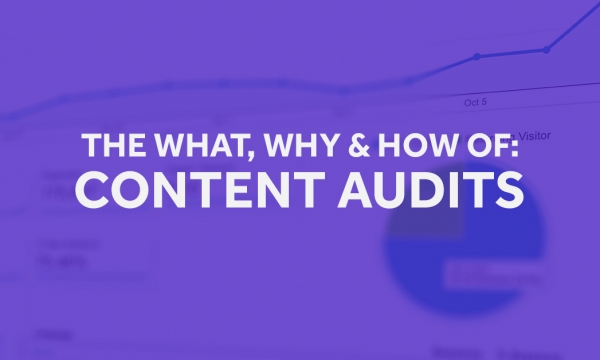
Fake News - it's inescapable. Even the President of the United States is obsessed with it, if his Twitter feed is anything to go by. And while this phenomenon is nothing new - fake news has been around forever - it's certainly causing a huge stir in 2017 as the "establishment" struggles to confront it.
While its implications for politics and society in general are potentially quite worrying, studying the psychology behind what makes Fake News work so effectively is fascinating - how can incorrect stories trump hard fact? ‘Scuse the pun.
When you break it down, there are several important lessons marketers can take away from Fake News – and thankfully none of them involve lying or being nasty to people!
Emotions are more powerful than facts

We're living in a 'post fact' era, according to pretty much every news report from the past six months. But what does that mean for us as marketers? Fake News succeeds because it talks to people on an emotional level, regardless of the facts of the matter. So while scientific consensus is squarely behind the idea that humans are causing climate change, Fake News can shrug this off in a heartbeat by offering up a bunch of alternate facts that appeal directly to the emotions of the intended audience.
Faced with a choice between rising fuel prices, a moratorium on gas guzzling trucks and "ugly" wind turbines springing up all over the shop versus some intangible environmental cataclysm in the distant future, a certain demographic will go for the former. But the biggest emotional chord Fake News strikes is simple - "we're on your side".
Human beings are hard wired to respond to emotive messages rather than factual ones – it’s something marketers and advertisers have known for decades. And interesting, recent research from Outbrain found that headlines triggering negative emotions are up to 69% more effective at generating a click though.
Marketers can take two things away from this. The first is to think long and hard about what will trigger an emotional reaction in your customers. By and large, most people just want to be healthier, wealthier, wiser and happier - all you need to do is figure our precisely how your product or brand does that. The second is just good customer marketing - make them feel valued, help them out, be there for them. And mean it. That means ensuring your relationship with customers goes beyond the transactional.
Understand what resonates with your audience

Some of the biggest Fake News sites on the web have this down to a fine art. They've taken the time to look at which articles, which social media posts, which videos fly and which fail. Without large budgets to push content in front of people, Fake News sites still rely entirely on organic, viral reach to spread their messages.
While brands can't really expect to replicate the level of viral reach on social media they once enjoyed, this 'iterate and learn' approach is still incredibly valuable. Way too many brands spend months behind closed doors arguing about what 'will work' with the audience - essentially placing so many eggs into a single basket no one can afford for it to fail. Instead, a more organic process of trial and error, based on measuring results and listening to feedback every day, allows a brand to feel its way towards the right strategy and to truly understand what resonates.
An ongoing narrative beats a series of campaigns

This is the real secret of Fake News's success - it's not one big shock story that appeals to people, it's the slow build-up of a narrative over time. One story denouncing climate change is just a single drip in an empty sink, but lots of stories over a prolonged time turns into a gushing tap. each individual story contributes to the wider narrative.
This is absolutely something brands and marketers can and should be learning from. As an industry, we're still pretty hooked on campaigns - a crescendo of effort culminating in a big bang, then a period of quiet while the next big bang is prepared. This is not the way people work - they respond better to a constant stream of varied and different content over time. Each piece is an individual building block, telling a tiny part of your brand's story. Get it right and the whole will be so much more than the sum of its part - the bricks become a house, a castle, or maybe even a wall. Of course you need a solid content strategy, a robust plan and excellent execution to achieve that, otherwise you end up with a random pile of bricks.



